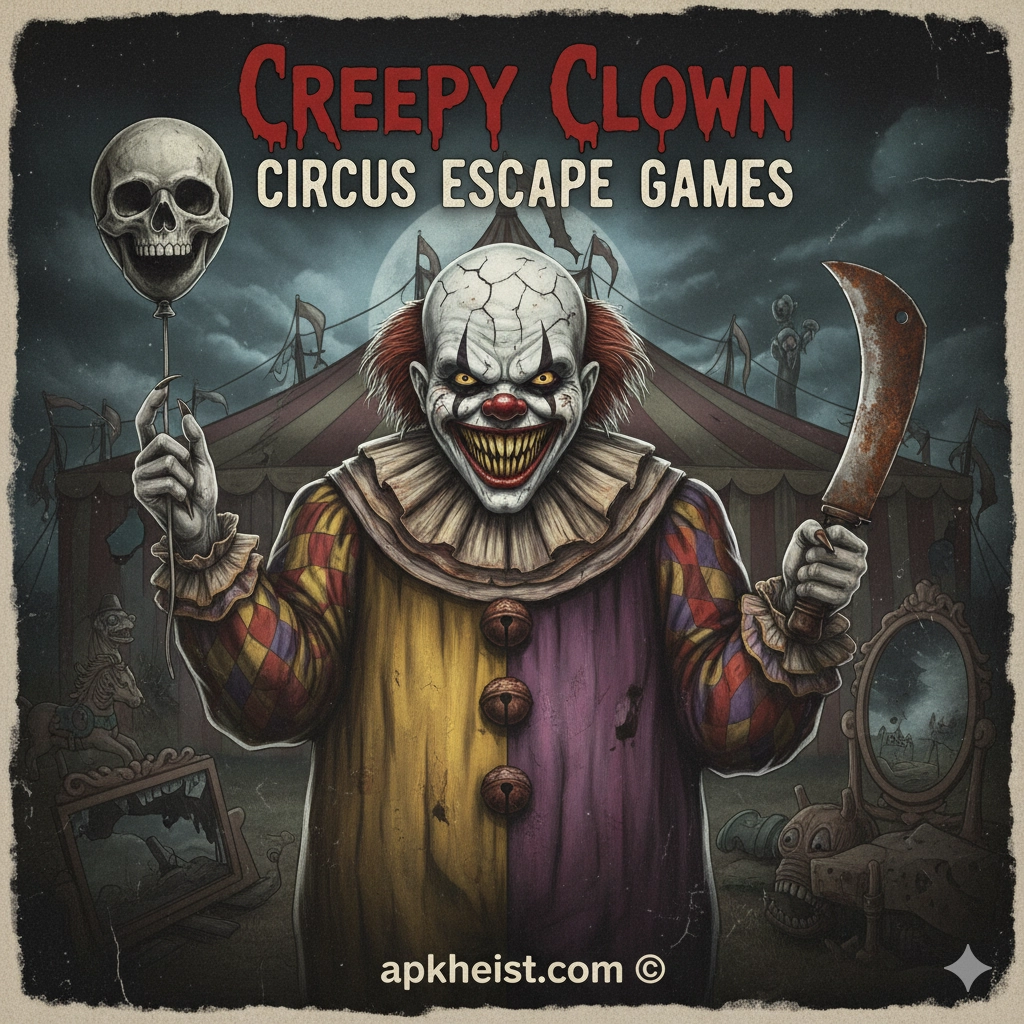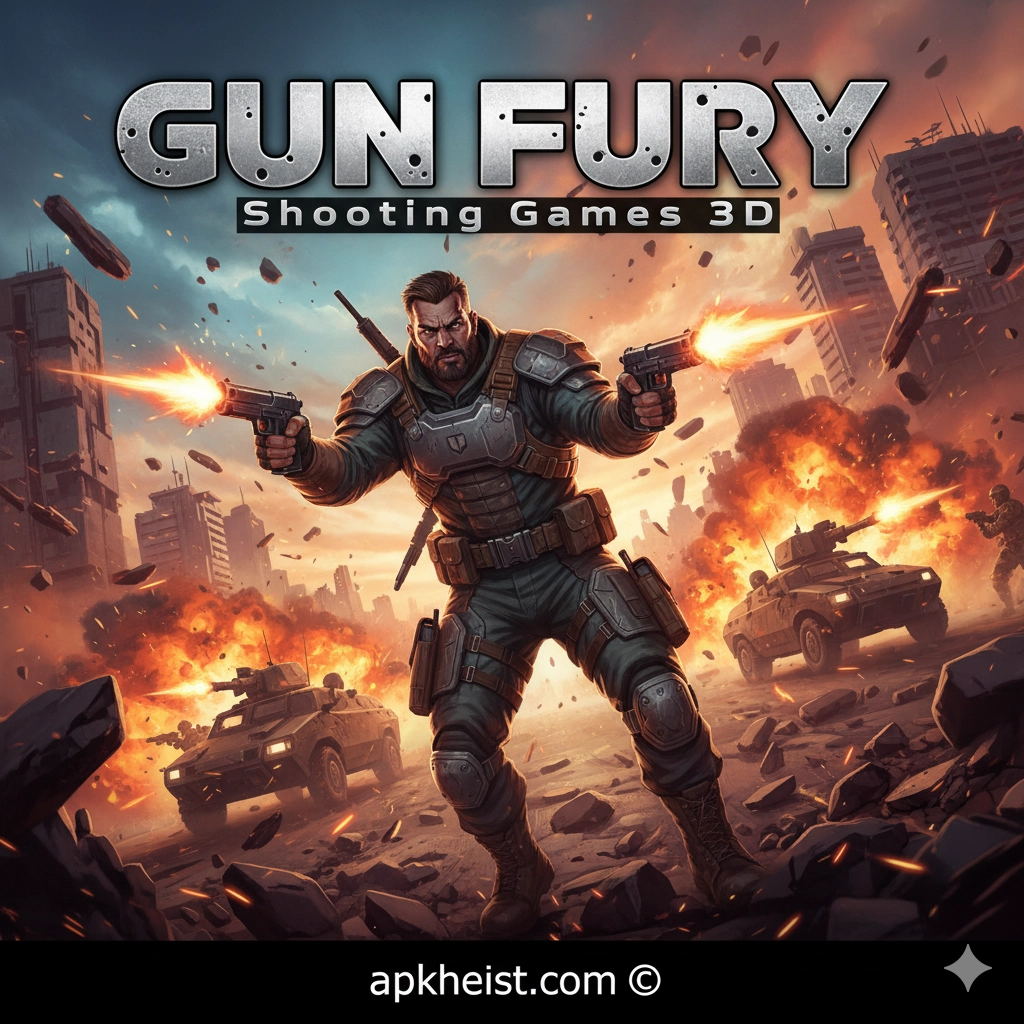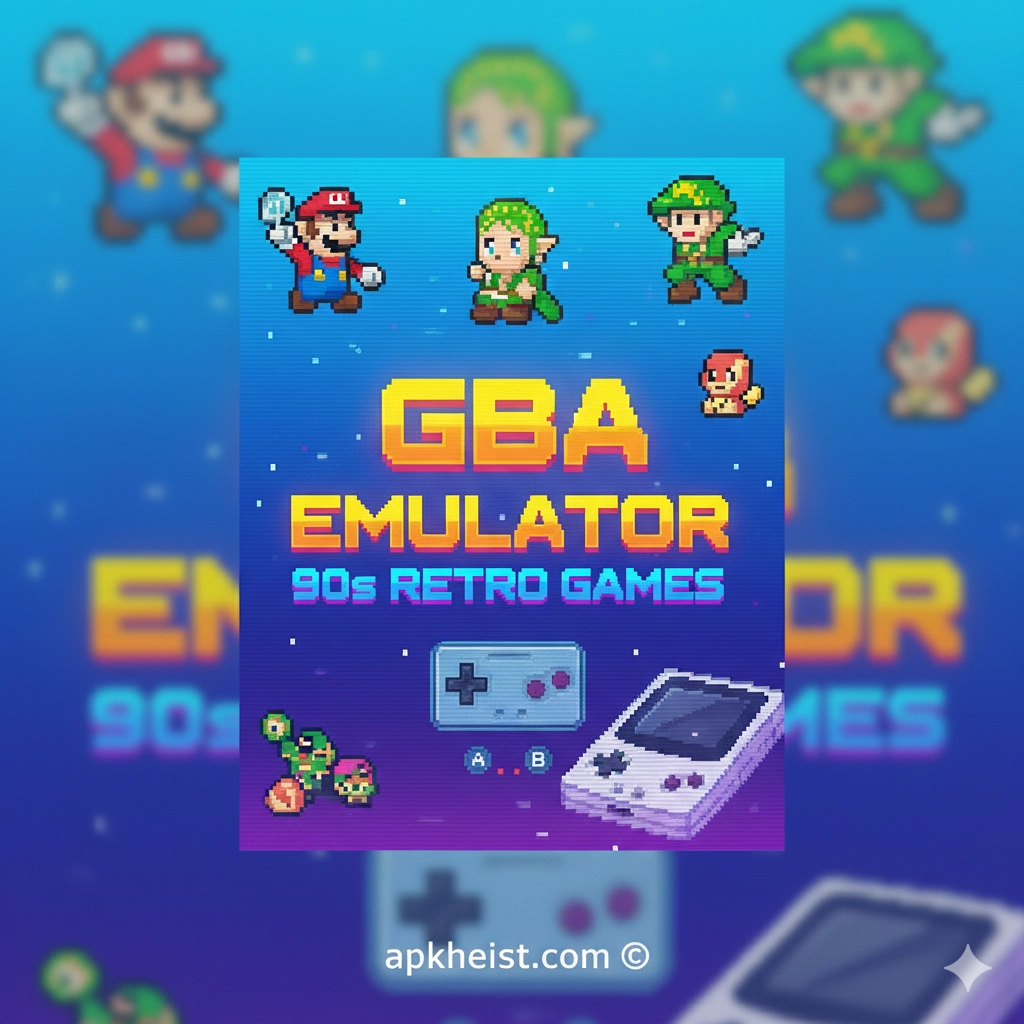This immersive horror escape experience places you inside a twisted circus ruled by a sinister clown. Your mission is to solve puzzles, avoid traps, uncover secrets, and find your way out alive. Whether you love Adventure challenges or intense Action gameplay, this title blends both into a chilling, atmospheric journey. Fans of Puzzle mechanics and Strategy thinking will especially enjoy the complex paths and survival decisions required to escape the circus of nightmares.
Below is a complete guide with deep explanations, gameplay strategies, and essential survival insights. Each section helps you understand the environment, avoid the clown, and master the escape route.
A general look at the creepy circus environment and what makes the game intense.
Understanding movement, hiding, tools, and puzzle-solving.
3. The Behavior of the Creepy Clown
How the clown hunts, reacts, and tracks players.
Long-form survival and escape techniques for beginners and advanced players.
Deep descriptions of item placements and puzzle types.
6. Circus Map Layout Breakdown
A full description of the map structure, routes, shortcuts, and dead ends.
Beginner-friendly suggestions to reduce difficulty and boost confidence.
1. Game Overview & Atmosphere
Creepy Clown – Circus Escape Game is designed to immerse players in a dark, abandoned circus where eerie music, flickering lights, and unpredictable sound cues build psychological tension. The game’s environment blends horror and carnival aesthetics to create a disturbing sense of unease. Players must continuously observe their surroundings, interpret audio cues, and move strategically. The circus tents, storage rooms, backstage corridors, and performance arenas all hold different dangers, making exploration both thrilling and frightening. This atmosphere is a core part of the experience, appealing to fans of Arcade-style pacing mixed with deeper horror storytelling.
2. Key Gameplay Mechanics
The gameplay revolves around stealth, puzzle-solving, and strategic escapes. Players navigate narrow spaces, hide inside props, find keys, solve visual puzzles, and unlock new areas. Movement is intentionally tense, often requiring slow steps to avoid alerting the clown. Tools such as flashlights, crowbars, and noise distractions are essential for progressing through the circus. The blend of tension and decision-making draws inspiration from Casual escape games but elevates it with more intense horror elements.
3. The Behavior of the Creepy Clown
The clown behaves unpredictably, making each playthrough unique. It patrols different circus sections, listens for player footsteps, and reacts to doors or objects being moved. Sometimes it sprints without warning, forcing players to make quick escape decisions. Learning its movement patterns is critical, as the clown often sets ambushes and misleads players with fake audio cues. The game offers an AI system that escalates in difficulty as time passes, rewarding quick problem-solving and adaptive thinking.
4. Best Escape Strategies
Escaping requires discipline, patience, and a solid plan. Always keep track of unlocked routes so you can quickly change paths when chased. Use distractions sparingly—making noise can help lure the clown away but may backfire if mistimed. Avoid staying in one location too long, as the clown gradually learns your tendencies. Memorizing puzzle layouts and item spawn points significantly increases your survival chances. The game rewards players who treat every movement as a calculated risk, blending horror intensity with Role Playing-style decision-making.
5. Puzzle & Item Locations
Throughout the circus, players must locate keys, switches, combination codes, and hidden tools. Some items trigger events that change enemy behavior, while others unlock shortcuts or new areas. Puzzle types vary from number locks to symbol alignments and environmental clues. Many items require revisiting earlier areas, encouraging exploration. Because puzzle order can shift each session, players must stay alert and adapt quickly—making the game feel unpredictable yet deeply engaging.

6. Circus Map Layout Breakdown
The circus map consists of interconnected zones, each with unique hazards and escape paths. Backstage corridors offer hiding places but are easy for the clown to corner you in. The big top arena provides open space but few places to hide. Storage wagons contain critical tools but often trigger sound cues when entered. The maze-like layout offers multiple shortcuts if you understand the path structure, making map mastery one of the most important skills for escaping successfully.
7. Tips for New Players
New players should begin by taking slow, careful steps to learn the circus layout. Avoid using the flashlight too frequently, as bright light can attract unwanted attention. Keep track of safe hiding spots and do not sprint unless absolutely necessary. Learning the timing of the clown’s patrols will help you predict danger before it happens. Finally, take notes on puzzle solutions and item locations—this builds confidence and reduces the panic factor that makes the game so thrilling.
FAQ: Creepy Clown – Circus Escape Game
1. Is Creepy Clown – Circus Escape Game beginner-friendly?
Yes. While intense, the game provides clear mechanics that beginners can learn quickly.
2. How long does it take to escape the circus?
It depends on puzzle difficulty and clown behavior—typically 15 to 40 minutes per session.
3. Are there multiple endings?
Some versions include alternate escape routes or hidden outcomes based on player decisions.
4. Is the creepy clown predictable?
No. Its AI changes behavior over time, keeping the experience suspenseful and dynamic.
5. Does it include puzzle difficulty levels?
Yes. Some puzzles change order or complexity each playthrough to enhance replay value.






